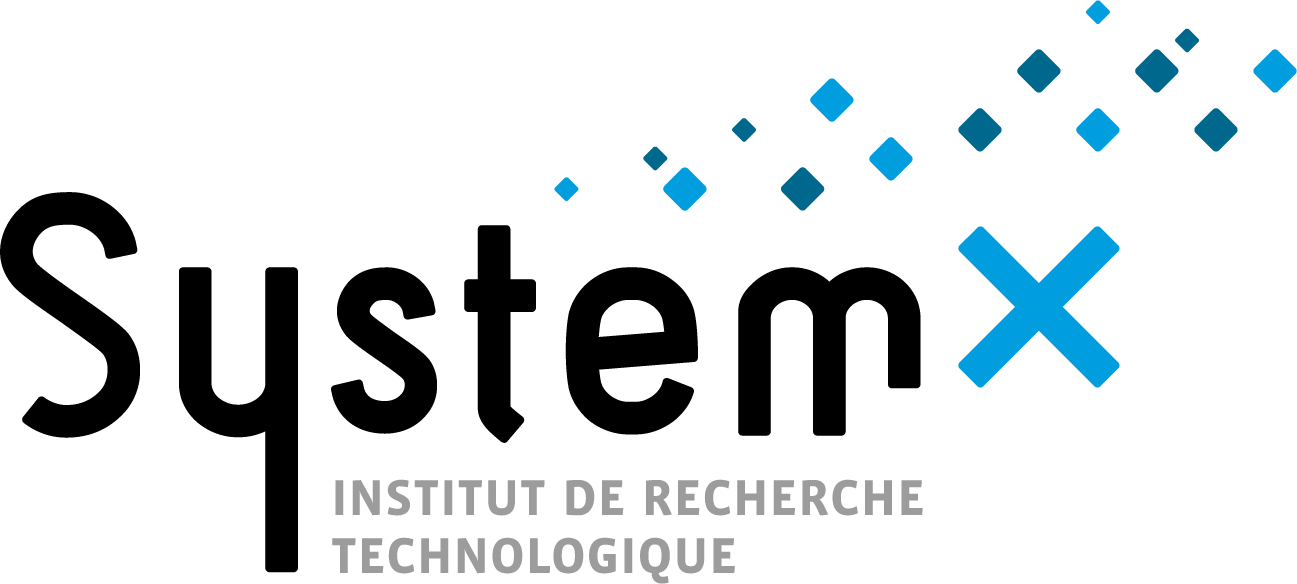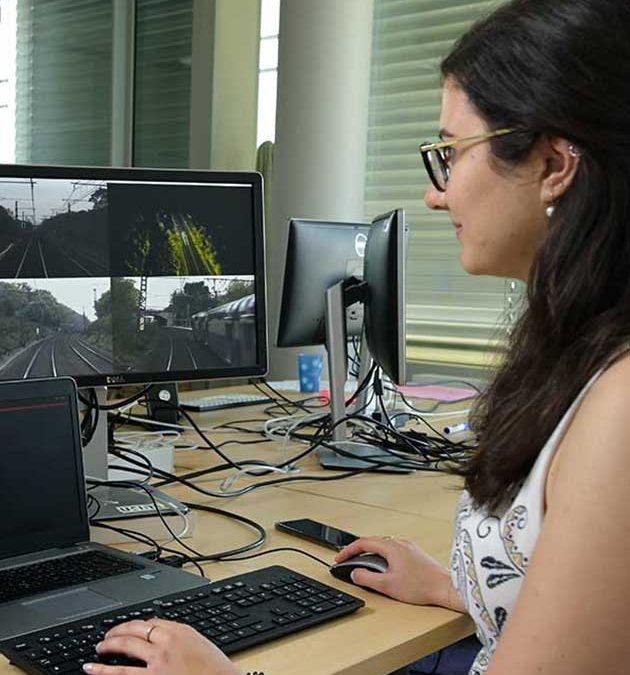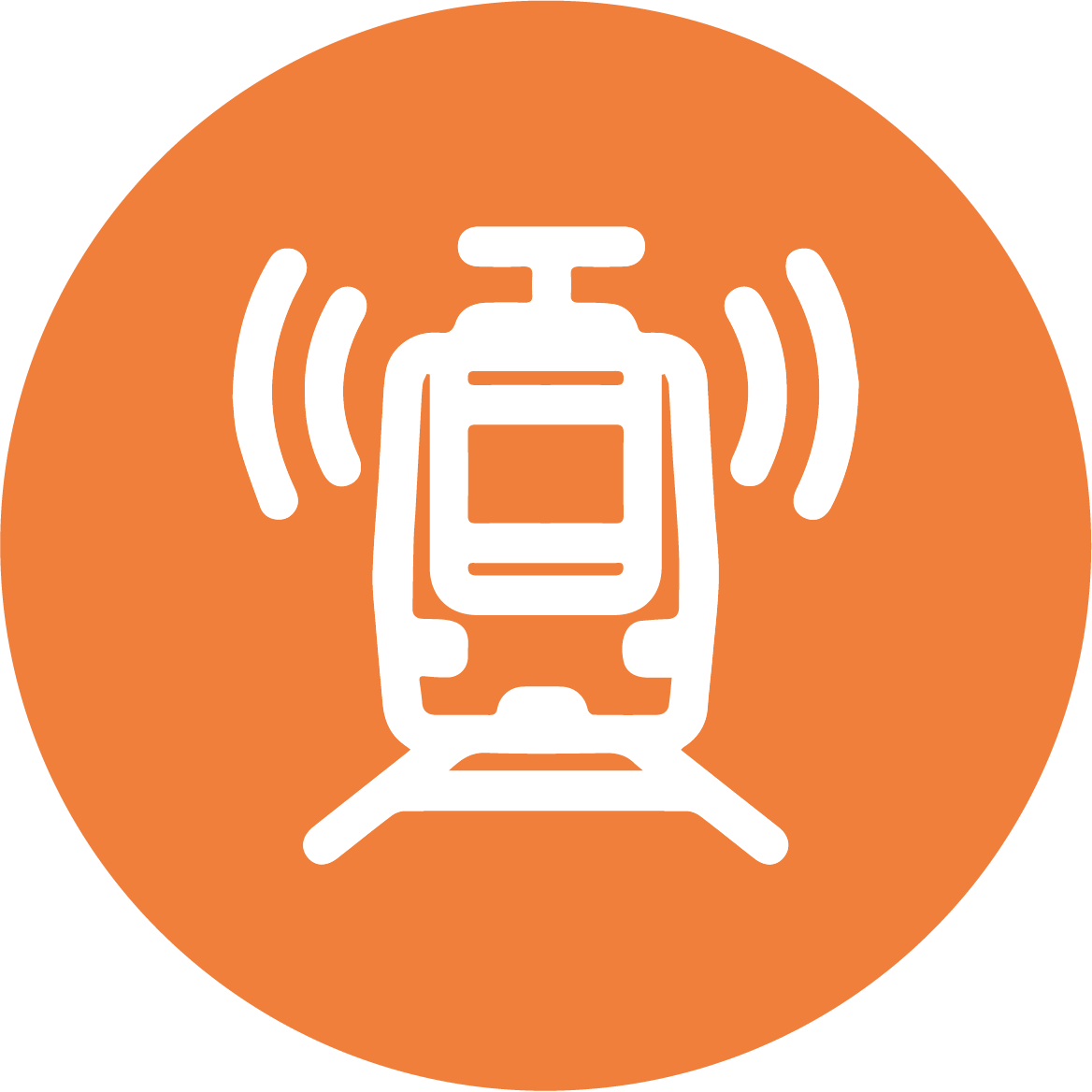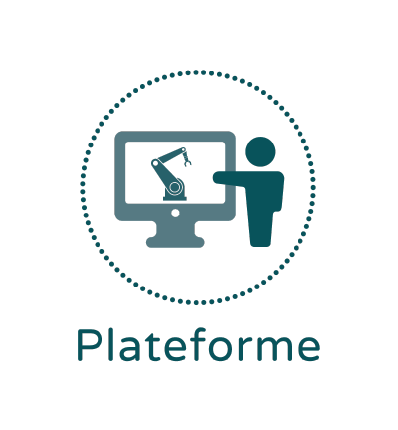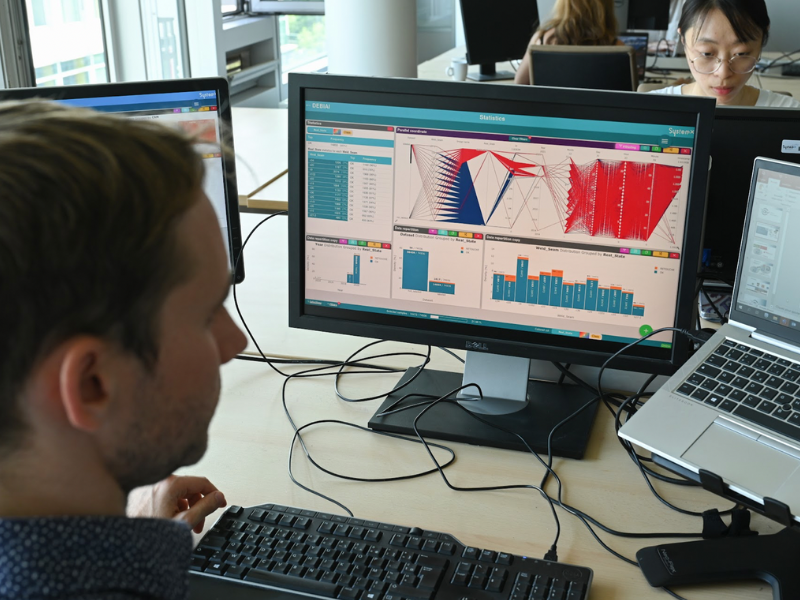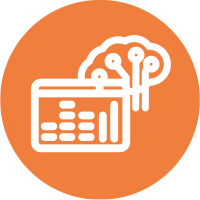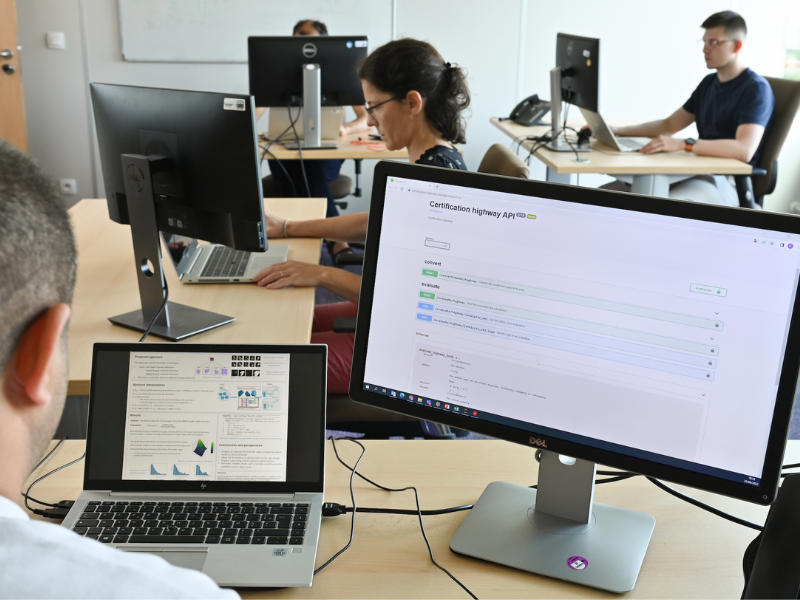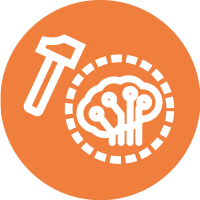SystemX and its partners have provided access to a unique open source dataset of more than 100,000 real images illustrating the different classes of French railway traffic lights, their colour combinations, and the associated manual qualifications.
This is a groundbreaking initiative in the field of the autonomous train: SystemX and its partners SNCF, Alstom and Systra have shared, at the end of their work on automating the observation functions of the Autonomous Train, the largest open source data set on French railway traffic lights, called FRSign. More than 100,000 real high-definition images extracted from a dataset of several million images have been made available to the scientific community. This new source of field data can be used to test deep learning algorithms, particularly those dedicated to image classification or the detection of objects in images.
These images are the result of driving sessions carried out on the same lane for two years and have all been manually annotated. They illustrate six types of French rail traffic lights and their pos-sible colour combinations (thirteen states), as well as informa-tion concerning their acquisition (date, time, sensor parameters and delimitation frames, etc.).
This massive dataset was built up as part of a SystemX R&D pro-ject, the main objective of which was to define the state of the art for automating the observation functions of a rolling stock driver. This two-year project was part of the SNCF’s Automatic Train project.
Interview

Luc LAROCHE
Automatic Train Project Director,
SNCF
Why did you decide to join forces with IRT SystemX as part of the SNCF’s Automatic Train project?
SNCF has teamed up with IRT SystemX to meet the challenge of the autonomous train. Autonomy will bring additional advantages to the railways: increased infrastructure capacity, better regularity, quality of service, control of energy consumption, etc. To strengthen the competitiveness of the railways, we must lift important technological barriers in many fields, some of which are at the heart of the institute’s competences: digital technology, artificial intelligence and detection. Since the launch of the project, in 2017, to automate the reading of lateral signalling and obstacle detection, a great deal of work has been done. The SystemX teams have, in particular, contributed to the writing of software and the design of a signal detection system with deep learning algorithms.
What benefits do you derive from this collaboration?
At the end of the first phase of the project, dealing with signal detection, a prototype equipment worked in real-life situations on a test train in the Paris region. The project has entered a second test phase, with the detection of obstacles. The aim is to integrate this system on a freight locomotive in mid-2021. The partnership with SystemX, allows us to take major steps towards the successful operation of a stand- alone train. In order to train algorithms to read the signalling, SystemX and SNCF have built a large database of railway signals, which is now open source. This database has been annotated.
Focus
Subeer Rangra received the “Methods and Industry” λμ Gold Award (best interactive paper) at the 21st Lambda Mu Symposium in 2018. This prize rewarded his work, carried out as part of the TAS (Safe Autonomous Land Transport) project of IRT SystemX, and dedicated to risk analysis and safety in the autonomous operation of trains on main lines.
Data science and AI


